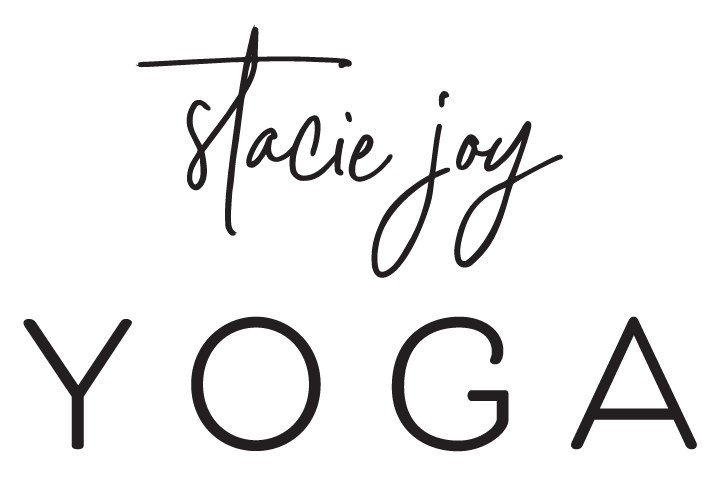Calming Breath, 4-3-8
I'd been working on a breathing practice of 4-3-8 for several months before I realized how much it was actually working. I walked into a stressful situation with my husband (and no, he wasn't the source of the stress) ;) when I felt a panic attack coming on. Normally, I would run out of the room finding the nearest restroom to escape into. But this time, I just kept a silent count in my head: breathe in for 4-3-2-1, hold my breath in for 3-2-1, breathe out for 8. Over and over this went. When we left, my husband looked at me and asked, "What was happening with you? You were like falling asleep over there." I immediately laughed in disbelief since quite the opposite was happening! That’s when I realized it, this breath thing is working! When you struggle with anxiety, anything that works, even just a little bit, feels like something to celebrate.
I share this breath practice with you, in hopes that this tool can help bring a sense of power back whenever anxiety tries to trap you.
A Few Helpful Hints:
If possible, look at this as a workout for your lungs. Remember to be easy on yourself; it's not going to be comfortable at the beginning. Let me tell you, when I first started, my lungs were always fighting to take a breath in before I could get the full count-in during my exhalation.
Another thing that helps is to practice this whenever you feel your best during the day. When you can do something when your body and mind are their most calm, it helps tell a story later on when we’re stressed that this is a good and safe thing to do!
Find a Method That You Like The Best:
Method #1
Place your right hand on your face, near your lips, letting your left palm come out in front of you. When you take your breath out this will allow you to focus on the cooling sensation on your palm and finger tips.
Method #2
Place both of your hands on your face, near your lips. This can stimulate the nerves around your lips to send calming signals up to your brain.
Method #3
Find an inversion, which is allowing your head to move below your heart. i.e., Hands down on a chair, downward-facing dog, etc. Having your head below your heart allows the heart rate to begin to slow down.
Once You’ve Chosen Your Method:
Exhale all of the air out of your lungs.
Breathe in counting, 4-3-2-1
Take a pause counting for 3-2-1.
Exhale slowly, through pursed lips with a count of 8-7-6-5-4-3-2-1. Or really, whatever amount of time feels comfortable. Just try to make your exhale longer than your inhale.
Repeat for as many cycles that feels most comfortable to you.
Click here for temporary tattoos to help remind you throughout the day to practice this breath.
How Does it Work?
I'm no neuroscience here, so please forgive my simplified explanations. When we inhale, the nervous system that is responsible for our fight or flight kicks in - the sympathetic nervous system. It's a great thing when we need it until our anxiety creates an imbalance, and we stay "keyed" up in this too much. That's where exhalations bring in their benefit. Breathing out helps signal to our nervous system to bring in the parasympathetic nervous system - responsible for calming. Smooth and lengthen your exhalation, and your mind realizes, "Hey, we're safe!" We don't have to fight or run out of here. We can be, we can breathe, and we can calm down.
“Practice when you feel your best, breathe when you need it.”
Always feel free to reach out to me at staciejoyyoga@gmail.com if you have questions. I understand from my own experience, the power of community when learning how to work through anxiety.
Much love,
Stacie Joy



